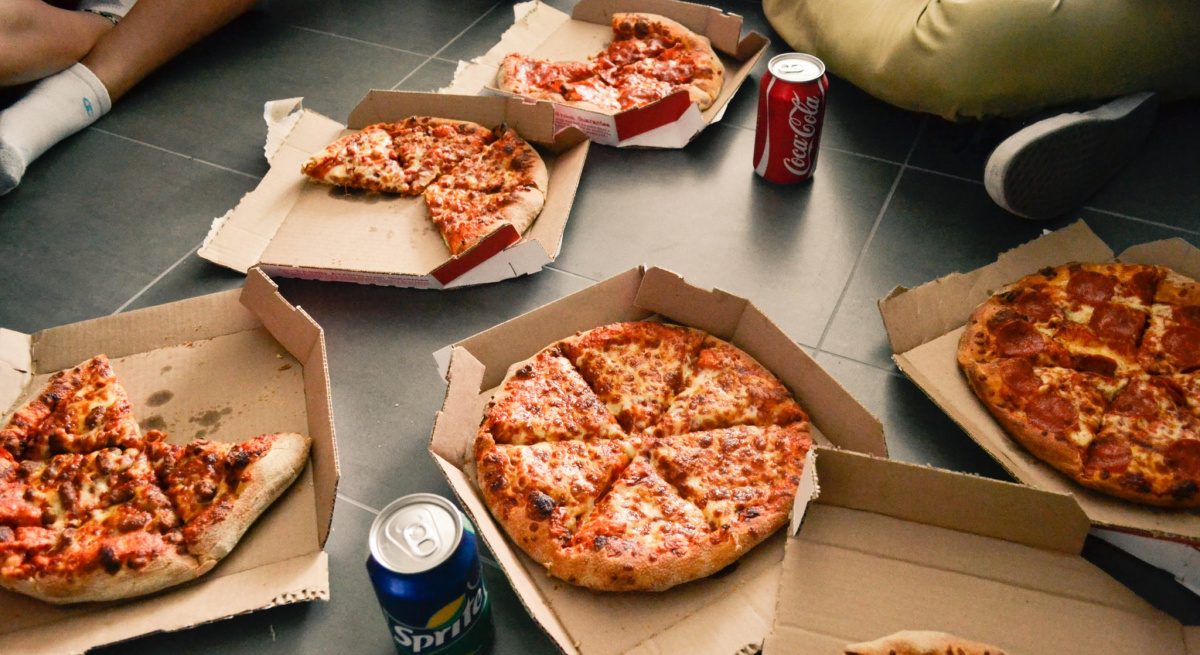Would Delivery Work for My Concept?
4 Min Read By Mo Sloan
This edition of MRM's "Ask the Expert” features advice from EZ-Chow Inc. Please send questions to Modern Restaurant Management (MRM) magazine Executive Editor Barbara Castiglia at bcastiglia@modernrestaurantmanagement.com.
Q: Would delivery work for my concept?
A: Delivery –of all things– is a hot topic. Consumers demand it and the market has responded by offering several delivery options, from independent delivery companies to national firms.
If you’re wondering whether delivery is good for your concept, the short answer is yes. Projected U.S. restaurant delivery revenues are expected to reach nearly $80 Billion by 2022 and digital ordering and delivery has grown 300 percent faster than dine-in traffic since 2014.

Need more proof? According to the latest research:
- 60 percent of U.S. consumers order delivery or takeout once a week.
- 20 percent of consumers say they spend more on off-premise orders compared to a regular dine-in experience.
- 59 percent of restaurant orders from millennials are takeout or delivery.
- 33 percent of consumers say they would be willing to pay a higher fee for faster delivery service.
- 63 percent of consumers agree that it is more convenient to get delivery than dining out with a family.
- 60 percent of restaurant operators say that offering delivery has generated incremental sales.
The goal of your delivery program should be viewed as a way to drive incremental revenue while building an expanded customer base.
So, how can restaurants get started with delivery? Here are a few considerations:
- Identify and define your delivery area. Know where you want to go and where you don’t. When determining and defining your delivery area, consider your food and how it travels, and how long it can stay hot in a container. Typically, a good place to start, based on your location, is within five miles of your restaurant. You don’t want to go too far if your food doesn’t hold up to the elements of travel. Keep in mind traffic patterns, times of day and staffing levels if you’re using in-house drivers for delivery orders. If working with a third-party service, let them know your delivery area and make sure everyone knows and understands the parameters of your delivery area.
- Determine your delivery strategy. This means deciding whether you want to do in-house deliveries or work with a third-party delivery service. You also should consider a hybrid approach, where restaurant staff are making deliveries during certain times of the day, while the third-party service is there for overflow or busier than average order volumes. There are pros and cons to both the in-house and strictly third-party delivery services. For example, if using in-house staff, you have the ability to control your entire brand experience for delivery; however, you also have to keep in mind the hiring and management of drivers, insurance, staffing levels, payment, etc. This makes using a third-party service easier, but you also lose a certain amount of brand control during the delivery experience. You also may lose access to important customer data in terms of buying habits and average spend. Finding and identifying what a balanced approach looks like for your brand is probably the most important thing you can do when determining your model for delivery. This is where a hybrid approach has the potential to bring together the best of both worlds.
- Consider your menu and packaging. Think about your most popular menu items and consider which items would work best for delivery. Not everything on your menu will likely travel well nor will be ordered by your customers for delivery. Stick to popular, high-margin menu items so the cost is worth the effort. In terms of packaging, make sure your packaging is a branded-reflection of your restaurant and can maintain the integrity of your food items during travel. Choose packaging that will keep your hot items hot and cold items cold, and make sure your condiments fit in with your packaging as well. There’s nothing worse than having food delivered where sauces have spilled all over the bag, or worse, all over the delivery vehicle. This leads to a disappointing delivery experience for everyone. Keep your menu for delivery simple and have the right kind of packaging for your products.
- Determine the cost. The goal of your delivery program should be viewed as a way to drive incremental revenue while building an expanded customer base. But it has to also be affordable to implement and scale. If you work with a ‘menu aggregator,’ keep in mind their commission rates and build those rates into your cost analysis. Rates, depending on the concept and order size, can range 15 percent and 33 percent of the net sale. Know what your commission rate will be ahead of time, and know the margins on your menu items. Also consider working with a third-party provider who charges a flat fee for their delivery service rather than a commission. Couple the delivery service with an integrated online order tool and you have streamlined orders that flow directly into your POS and kitchen printer for production. These services also can notify the delivery service of an order for delivery and process payment for the service. Do your homework to determine which online ordering solution works best for your brand.
It’s no secret catering and delivery have disrupted traditional restaurant operations; but by being prepared and having the right strategy and partners in place, it can become a thriving component of any operation. Typically, a good place to start, based on your location, is within five miles of your restaurant.


